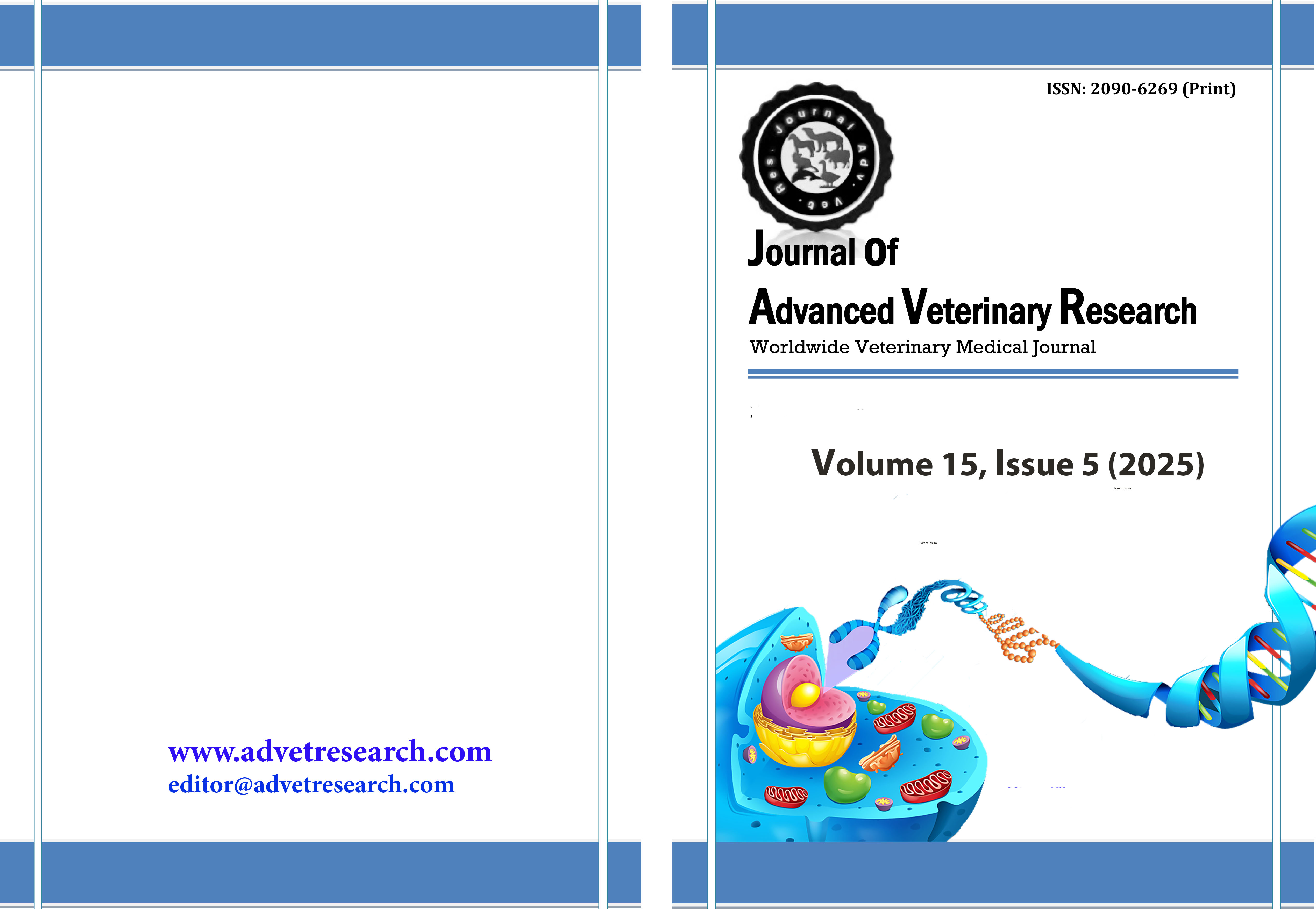Rapid detection of meat adulteration in chicken and rabbit meat based on spectra information by using a shortwave near infrared (SW-NIR) spectroscopy technique
Keywords:
SW-NIR Spectroscopy, Non-destructive, Rabbit meat, Authentication, MultivariateAbstract
The food industry is increasingly concerned about meat adulteration due to its detrimental effects on food safety and consumer trust. The rapid detection of adulteration in minced chicken and rabbit meat was the focus of this study, which examined the potential of shortwave near-infrared (SW-NIR) spectroscopy. Spectral preprocessing techniques, such as Multiplicative Scatter Correction (MSC), Standard Normal Variate (SNV), Savitzky–Golay derivatives (SG1, SG2), and smoothing, were employed to analyze adulterated samples at six substitution levels (0%, 20%, 40%, 60%, 80%, and 100%). The water-related (970, 1450, 1940 nm) and fat-related (1200, 1720, 2300 nm) regions exhibited distinct absorption features that varied systematically with the extent of adulteration. The separation of pure and mixed samples was clearly defined by Principal Component Analysis (PCA), while Partial Least Squares Regression (PLSR) demonstrated robust predictive performance (R²cal > 0.90; R²pred ≈ 0.85–0.88) following preprocessing. Most misclassifications occurred between adjacent levels of adulteration, with a classification accuracy that surpassed 80%. These results indicate that SW-NIR spectroscopy, when applied in conjunction with suitable chemometric modeling, provides a rapid, non-destructive, and dependable approach to the identification of adulteration in rabbit and chicken meat. This is primarily due to variations in fat and water composition.
Downloads
Published
How to Cite
Issue
Section
License
Copyright (c) 2025 Journal of Advanced Veterinary Research

This work is licensed under a Creative Commons Attribution-NonCommercial-NoDerivatives 4.0 International License.
Users have the right to read, download, copy, distribute, print, search, or link to the full texts of articles under the following conditions: Creative Commons Attribution-NonCommercial-NoDerivatives 4.0 International (CC BY-NC-ND 4.0).
Attribution-NonCommercial-NoDerivs
CC BY-NC-ND
This work is licensed under a Creative Commons Attribution-NonCommercial-NoDerivatives 4.0 International (CC BY-NC-ND 4.0) license




